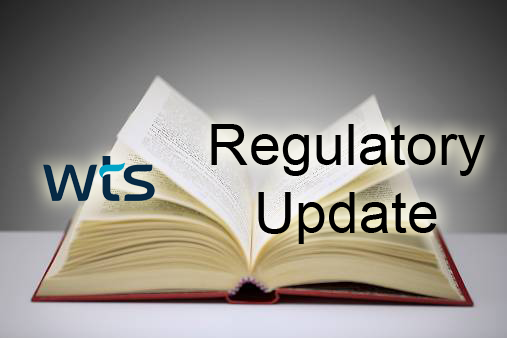Soil on my property has been identified as being “contaminated”. What do I do now?
Contaminated environmental media (soil and groundwater) can take many forms. Is the source oil? Chemical spill? Historic contamination from a previous owner? Who do I have to tell? These questions need to be carefully examined when undertaking a remedial effort.
Who do I have to tell? In states that are authorized to administer the RCRA program, all releases are reported to the state agency. In the states not authorized, reporting is to the EPA Region. Please note that in addition, you may be required to report to the National Response Center under the requirements of CERCLA. Your WTS professional can help you through this process.
Once you have reported to an agency, their remedial engineers will be involved in characterization, design and implementation of whatever remedy is appropriate. The dynamics of this process may be complex, and consideration should be given to engaging an attorney specializing in environmental matters to help you negotiate the best fit solution.
Having determined you have a release and remediation is required, plans must be made for proper characterization of the site to develop a blueprint of what needs to be done. Let us examine some scenarios to help us illustrate the paths this might take.
Petroleum Contamination – It is determined the soil is contaminated with petroleum product and after proper testing shows to be non-hazardous per RCRA. You may still have to do remediation and removal of the soil. Most states publish cleanup standards for petroleum contaminated soil. WTS experts are here to help you navigate the unique requirements in place in your state.
Chemical Contamination – It is determined that the soil is contaminated with one or more chemical product listed in 40CFR Part 261.30-35 (F, K. P, U Waste). The lab data is carefully compared to state and federal cleanup standards. To be land disposed, the contaminant(s) exceeding 10X LDR must either:
- Be reduced by at least 90% through treatment so that no more than 10% of the initial concentration remains, OR
- Hazardous constituents must not exceed 10 times the universal treatment standards at 40CFR 268.48.
In certain cases, at very low concentrations, authorized states, or EPA may issue a “Contained In” determination. Please note that only the regulatory agency can issue the Contained In determination. The determination will generally allow for land disposal in a permitted Subtitle D landfill.
Characteristic Waste Contamination – Through characterization analysis it is determined that no listed waste is present, but rather some organic or inorganic contaminant. As described in 40CFR 261.20-24, the soil may require treatment or be eligible for direct landfill in a permitted Subtitle C facility under the 10X rule. Contained in determinations do not exist for characteristic wastes.
Treatment, as indicated above may consist of incineration, chemical fixation/oxidation, stabilization or biological treatment to achieve treatment standards.
As this brief description shows, compliance with identification and subsequently land disposal restrictions can be complex. WTS Professionals are available to assist you in understanding this process and executing an environmentally proper, cost effective remedy.

